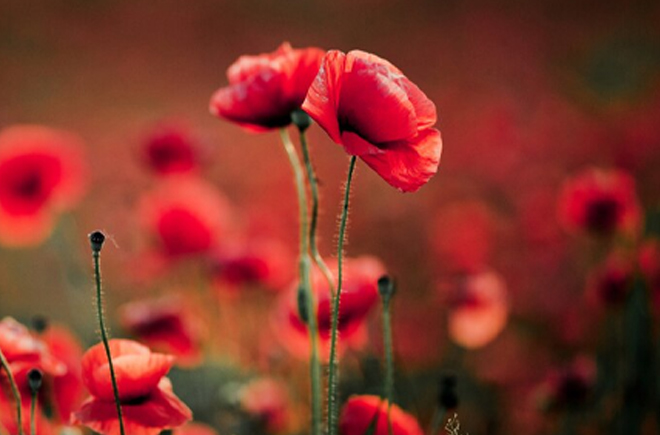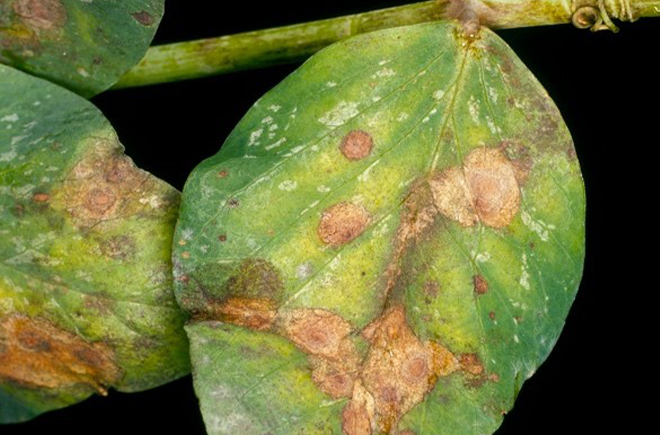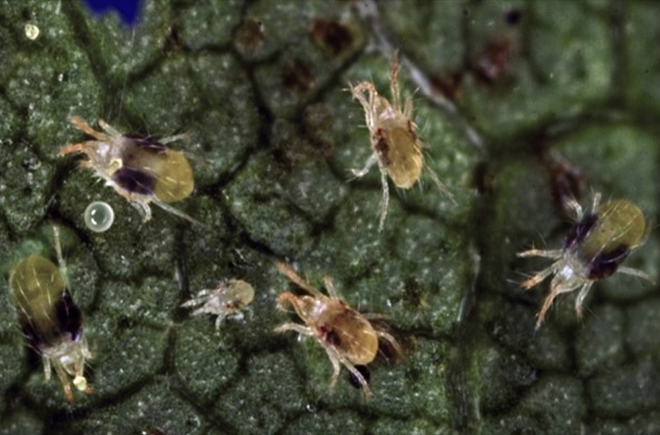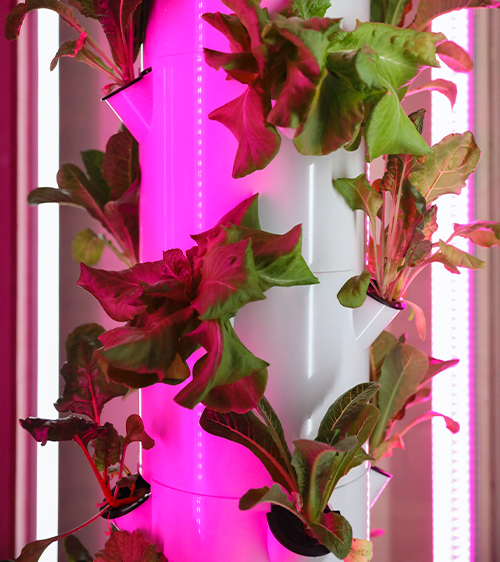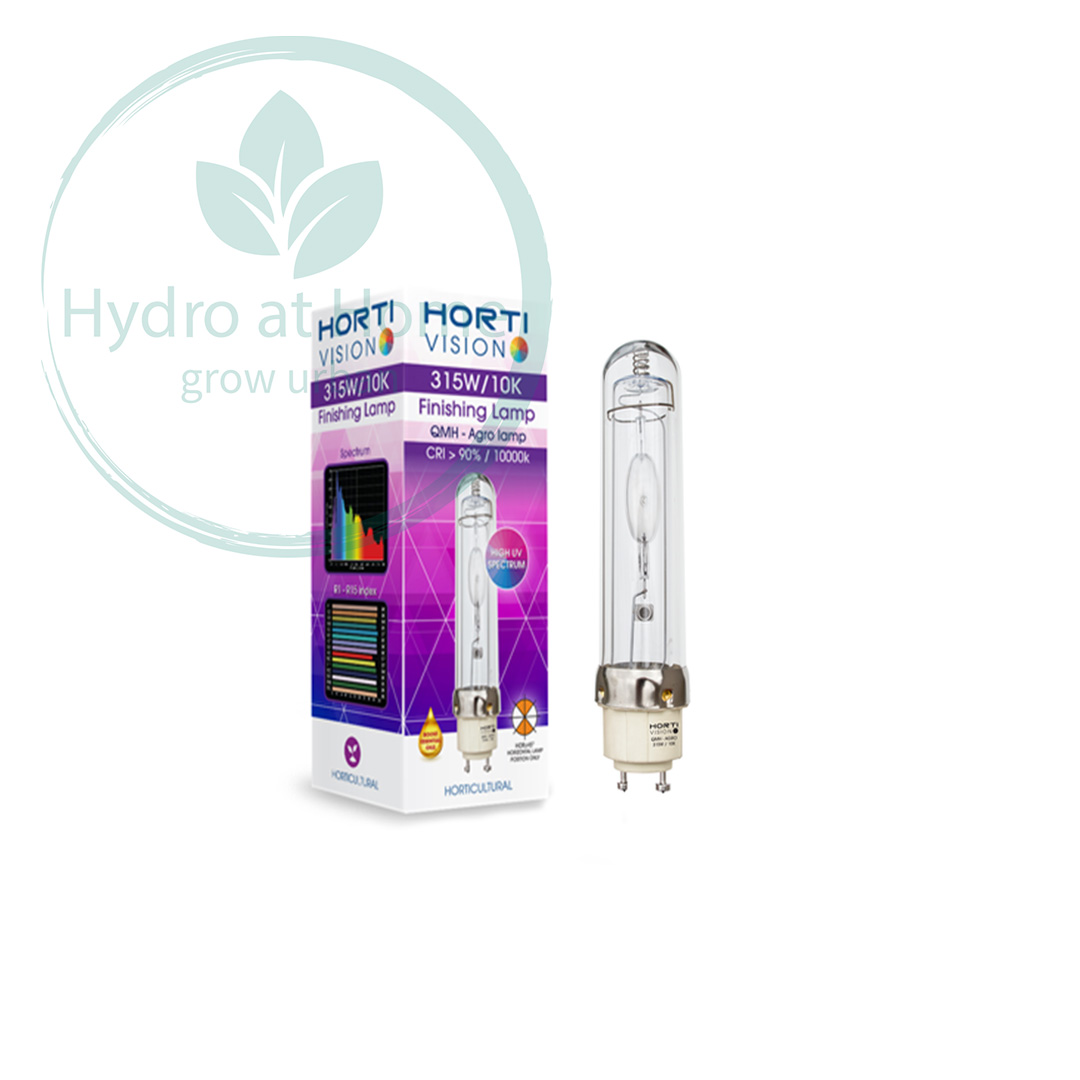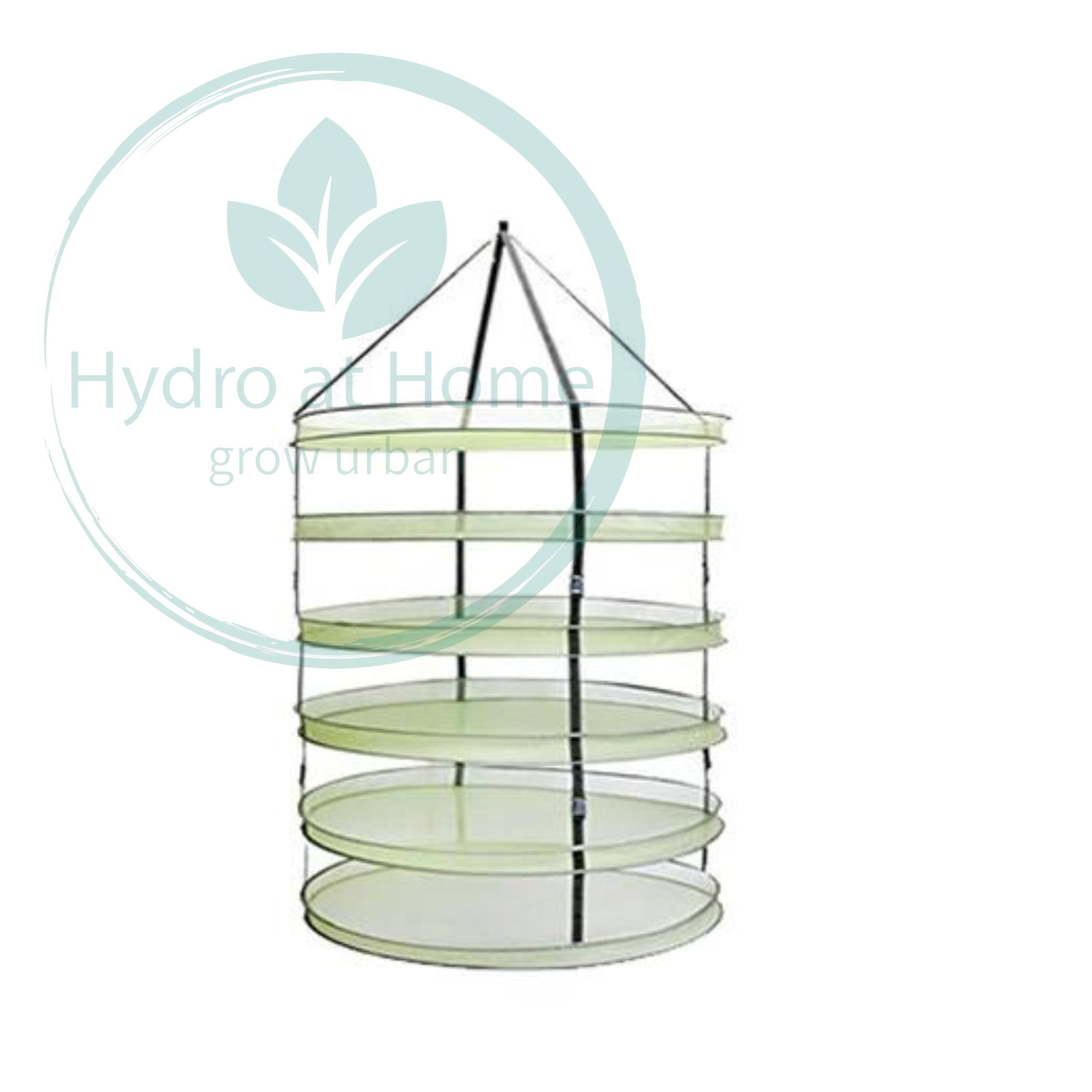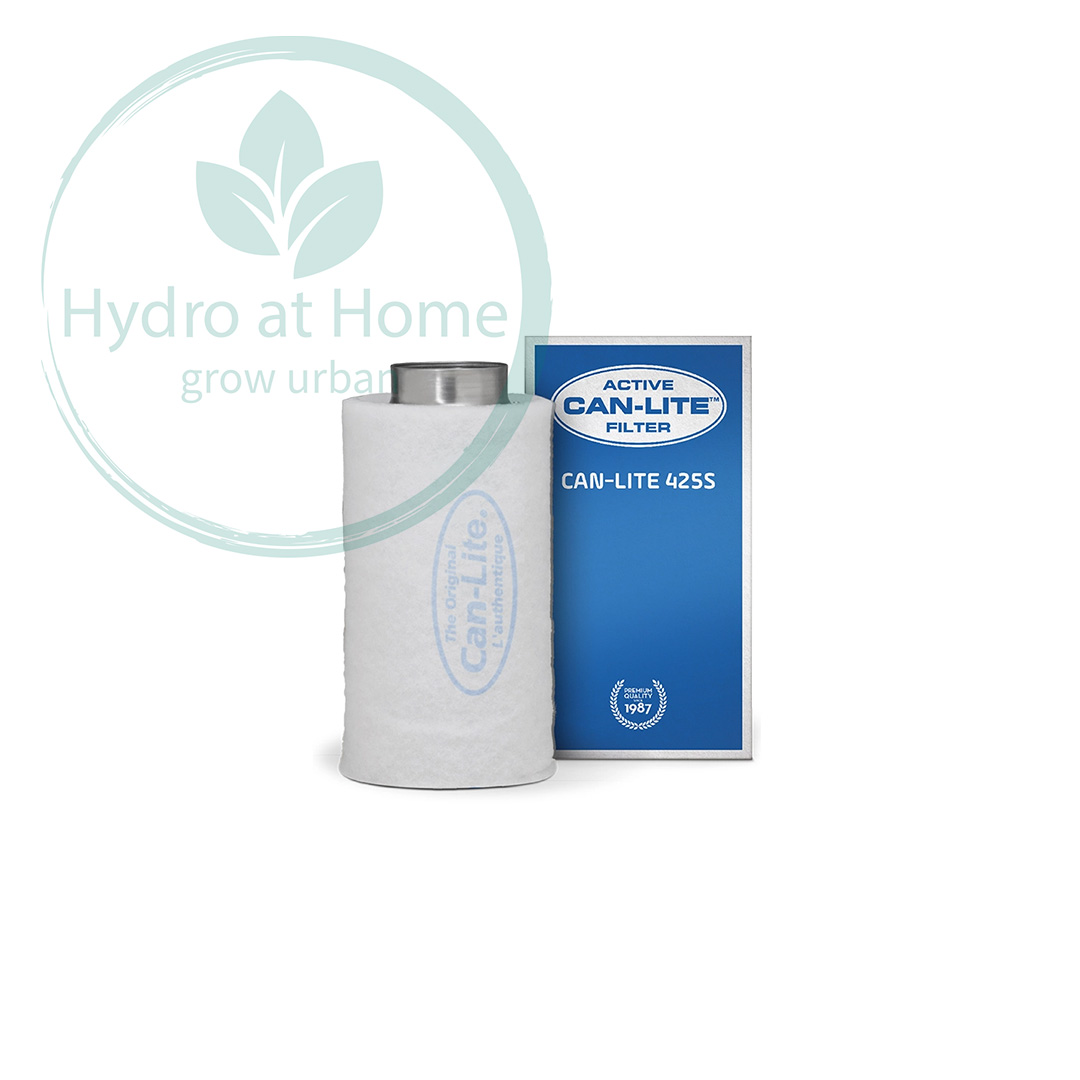Flower
Preparation
Now that the plant has moved into the flowering phase, the plant’s nutritional requirements change and It’s need for nitrogen (N), which was the primary nutrient during the growing phase, comes down but its need for potassium (K) and phosphorus (P) rises markedly. It is very beneficial to check the pH and nutrient (EC or PPM) levels to avoid a block or lock of nutrients that may be causing transition issues. As mentioned earlier, pH and nutrient testing is useful at every stage of growing and should certainly not be overlooked during the flowering stage. Another key consideration at the flower stage is lighting and supplementary or inter-lighting.
Flowering
Flowers have been used for centuries right across the Globe – from China to Morocco and Ecuador for making teas, tinctures, and aromatics but they have also been used in cuisine from soups to pies and even stir-fries. Flower harvesting dates back to the Stone Age with archaeological evidence showing that early humans ate and flowers for food and even dried them and extracted pollens and oils for their medicinal properties and benefits.
The growth and development of flowers occurs over several weeks from the germination of seeds planted in a ground or container to the time in which flowers begin to form and bloom. Even before there’s anything visible on the outside of the plant, at a certain point a change starts to take effect within the plant and this is the switch that marks the start of the flowering phase; the first cells are formed that later make up the flowers.
It is a good idea to keep the humidity at below 60% to prevent fungi such as Botrytis taking hold in the fruits or flowers, but it’s best to keep it above 50% to avoid mites and other bugs.
Flowering Triggers
In some plants the trigger to flower is activated by the days growing shorter or longer and many people mistakenly think that this change means a decrease in light. Actually, the change is measured by an increase in the amount of continuous darkness and if you’re growing indoors, you can decide yourself when the switch will happen by changing the hours of light. During this period you need to make sure the plant remains undisturbed when in the dark period because if that darkness is interrupted for even a few seconds, your plants may delay flowering, or even become hermaphrodites. You may also need more or less than 12 hours of darkness, depending on your variety.
Soon after the threshold of darkness is met, the plant will grow rapidly, gaining height and stretching and some plants may even double in height during the first two weeks of the flowering stage. During the Flowering stage, many successful growers will use combinations of lamps including LED and CMH combinations, inter-lighting as well as interchanging lamps in order to introduce a broader range of the light spectrum to the plant. Light that is more to the red end of the spectrum, stimulates longitudinal growth and root development and these lamps may need to be suspended at a greater distance from the plants because they give out more heat.
Plant Lighting
Keeping plants alive and helping them flourish with the right amount of water and love can be hard as is, but growing things indoors presents a whole new set of challenges! Aside from having the right grow space and a true to life environment, one of the most crucial factors of growing plants inside is having the correct lighting.
Positioning your plants in front of a window where they can drink up natural sunlight is ideal. But as you probably know, this is easier said than done and in the majority of scenarios, investing in a grow light is an excellent solution. When looking to grow indoors you must research the variety you are growing in order to understand and consider many things including how your plants will process light, and if there are different lighting cycles that will improve your harvest. Considerations would include things like lamp size, type of technology that is appropriate, correct spectrum, wattage and of course the running cost.
With a set of grow lights, you can grow many plants indoors, including houseplants, orchids, and even some fruit and vegetable crops and larger trees – as long as you have set the right environment.
Choosing the right colour
Sunlight contains the complete spectrum of light including all colours of the rainbow: red through yellow to blue and violet. Like plants growing outdoors in the sunlight, indoor plants grow best under full-spectrum bulbs, which produce a balance of cool and warm light that replicates the natural solar spectrum.
The Spectrum of Light

LED, CFL or Flourescent?
Earlier we mentioned that intense light can be a great thing and as a basic rule, the higher the intensity and the broader the spectrum, the greater the benefit. All of these technologies will produce full-spectrum light however, LEDs are better in terms of running costs, and can be better for the environment as well. Fluorescent, low wattage LED and CFL will usually be more suited to propagation and smaller crops as they deliver the bright, full-spectrum light plants crave, with an additional spike of blue light to stimulate stronger root growth, enhance photosynthesis, and ensure peak growth. Enjoy your heartiest and healthiest seedlings, houseplants, orchids and other indoor plants!
What is the right intensity?
The intensity of light that a plant receives is determined by the brightness of the bulb and by how close the plant is to the light source. Plants differ in their need for light intensity. Typically, those plants that are native to tropical jungles or shady forests do not require as much light as plants that evolved in dry, sunny climates, such as the Mediterranean or southern Mexico.

Some flowering houseplants, such as African violets and begonias, are happy being 10 to 12 inches away from a light source. Foliage plants, such as ivy or philodendron, can be placed as much as 36 inches away from a light source. But many flowering plants, such as orchids, gardenias and citrus, as well as most vegetable plants, require a much higher light intensity to flower and produce fruit.
What about Light Cycles and duration?
No matter what types of plants you are growing, you must give them a rest. When it’s dark, plants respirate, which is an important part of their growth process. The balance of rest time to active growth time affects many biological processes, including the growth rate, and the setting of buds and fruit. A power board with a timer makes it easy to get the duration right and Botanists usually divide plants into three categories relating to their preferred day length: short-day, long-day or day-neutral plants.
Short-day plants
Will thrive on less than 12 hours of light per day. In fact, these plants must usually go through a series of even shorter days before they will set buds and flower.
Long-day plants
Will thrive on less than 12 hours of light per day. In fact, these plants must usually go through a series of even shorter days before they will set buds and flower.
Day-neutral plants
Including foliage plants, geraniums, coleus and African violets, are usually satisfied with 8 to 12 hours of light all year-round.

